Exploring the world of art, history, science and literature. Through Religion

Welcome to TreasureQuest!
Look through the treasures and answer the questions. You’ll collect jewels and for each level reached, earn certificates.
How far will you go?
You need an adult’s permission to join. Or play the game without joining, but you’ll not be able to save your progress.



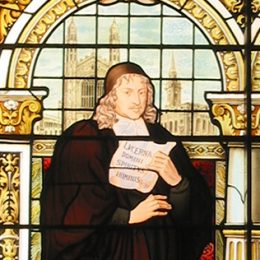


Are there links to current religious practices or a modern equivalent?
The Chapel is still used as a place of worship today and is also a tourist attraction, although the windows are only one of many interesting things it contains.

Where is it from, where is it now?

Websites
Emmanuel College
The College website has a section on the Chapel including images and descriptions of all the windows.
Books
Emmanuel College Chapel: The Windows
The College has produced an illustrated booklet entitled which is available at the Porter’s Lodge, Emmanuel College, Cambridge.
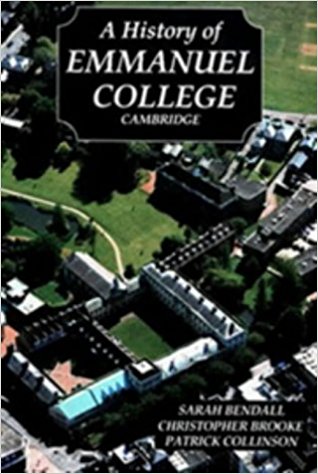 A History of Emmanuel College Cambridge
A History of Emmanuel College Cambridge
Bendall, Brooke and Collinson
1999, Boydell Press
Contains much useful information about the Emmanuel men depicted in the windows and their place in church history



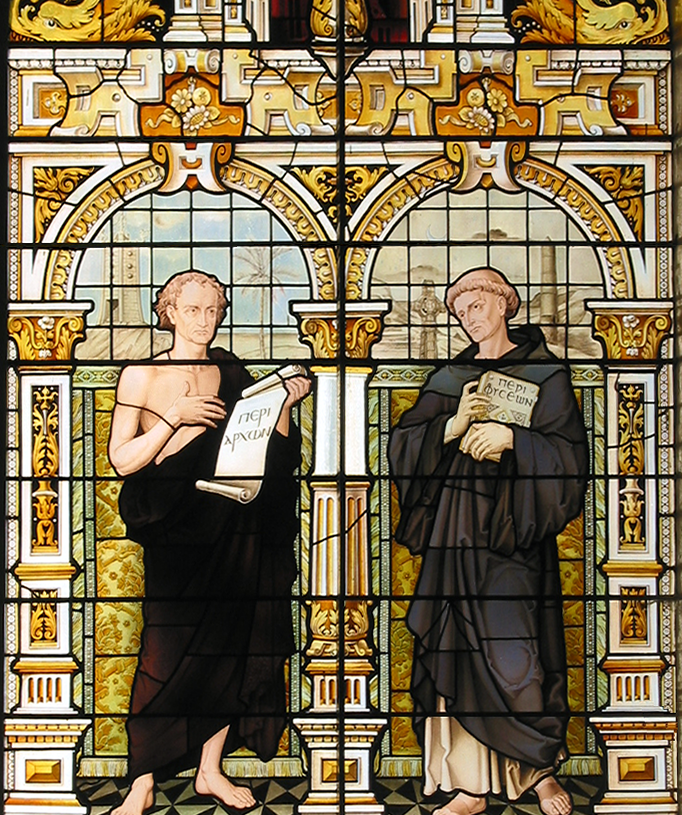
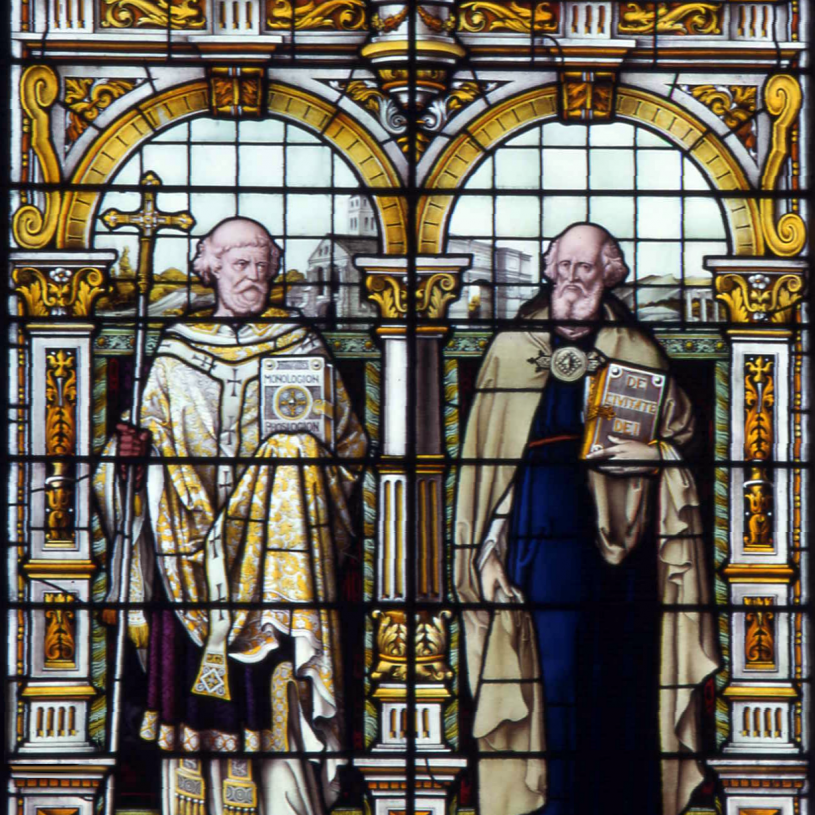
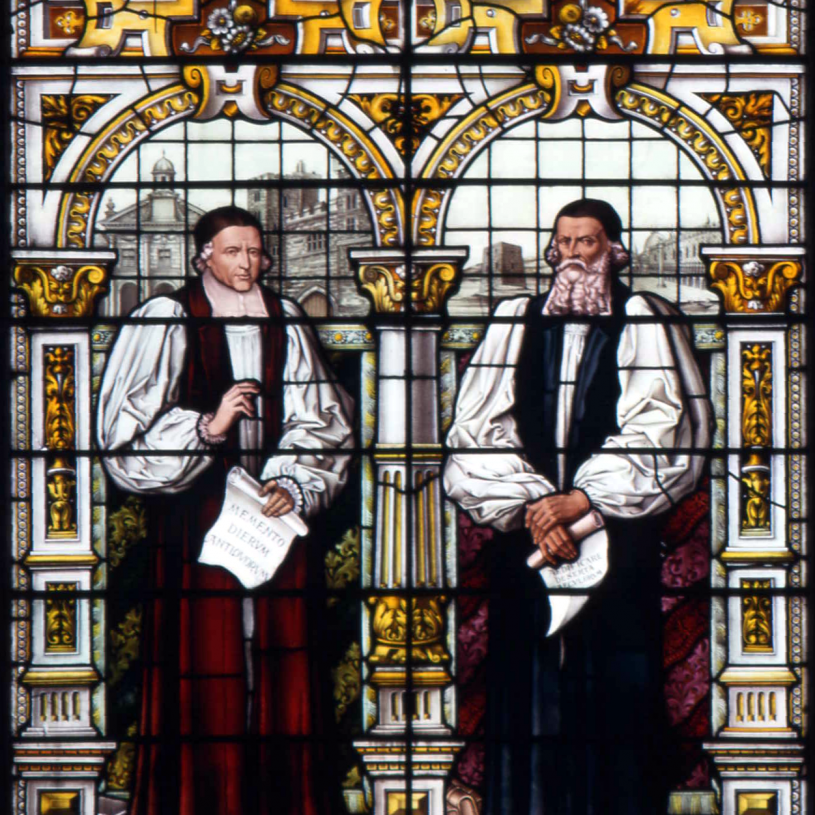
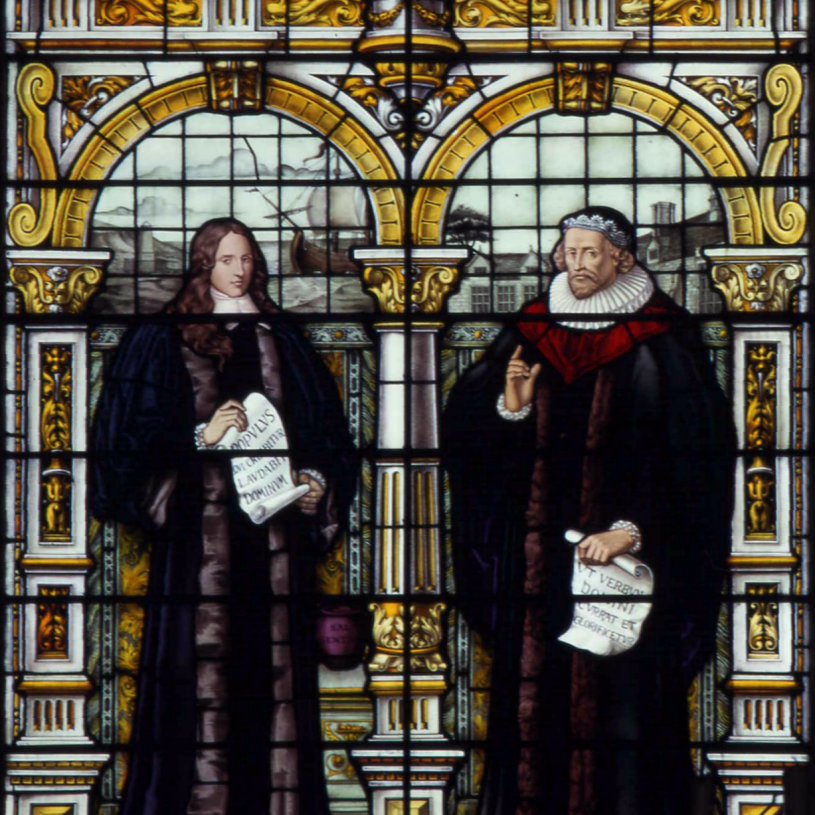
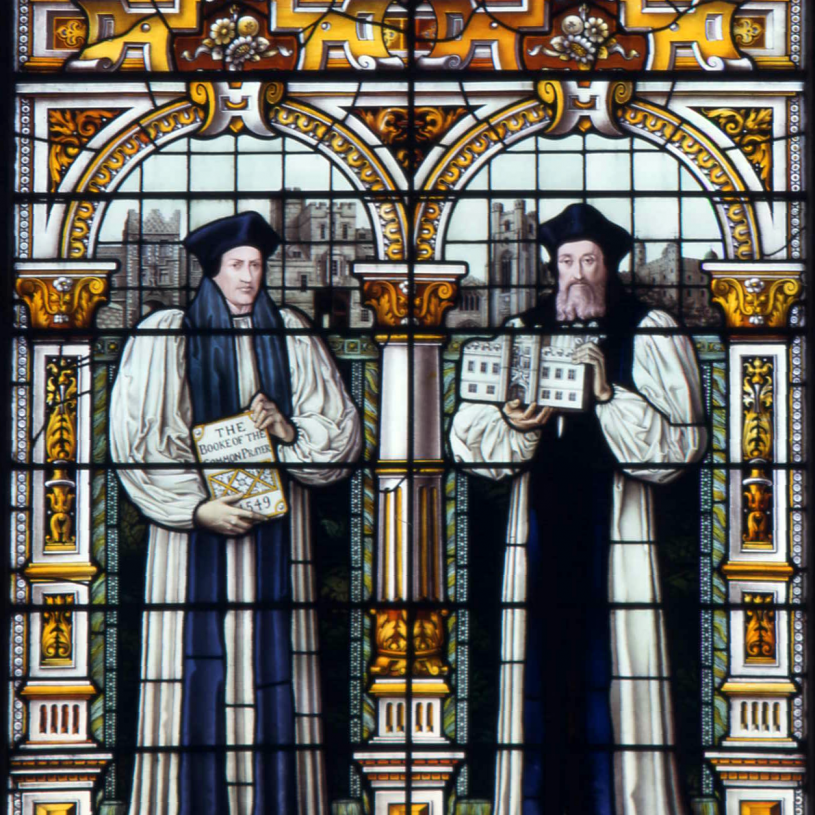
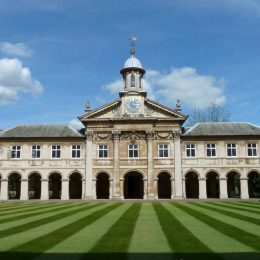





 Faculty of Divinity
Faculty of Divinity